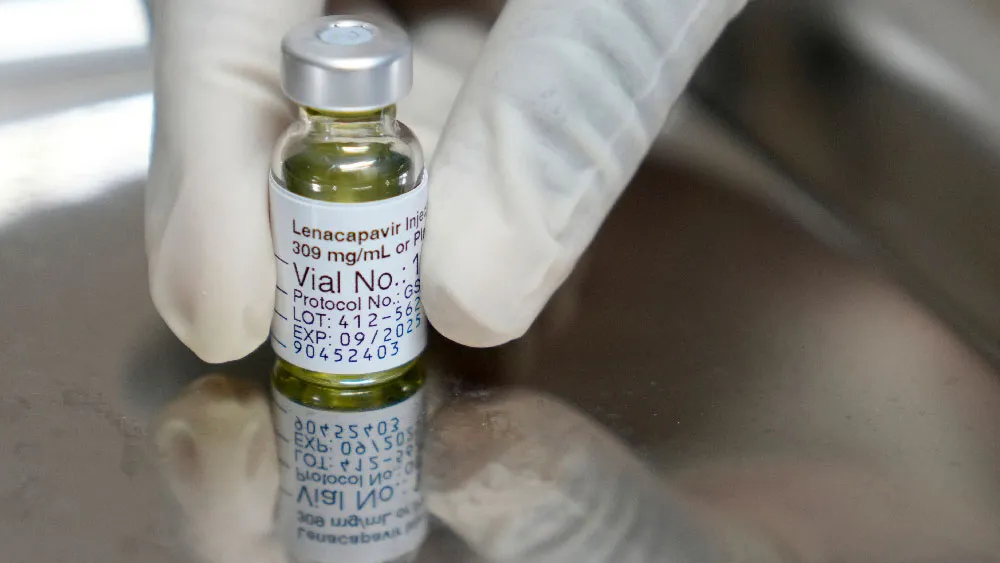May 20, 2016
Boozy Beer: Ohio Lawmakers Scrap Cap on Alcohol Content
Mitch Stacy READ TIME: 3 MIN.
In a move that would allow craft brewers the freedom to make boozier beers, Ohio lawmakers have voted to scrap a cap on alcohol content for beer that's been on the books since just after Prohibition.
Ohio legislators this week followed the lead of other states in voting to get rid of the 12 percent cap to make life easier for the booming craft beer industry, which has flinched at anything restricting brewers' ability to be creative and make stronger ales.
The bill now heads to Republican Gov. John Kasich, whose spokesman said does not yet have any specific plans for signing it.
State leaders who slapped alcohol caps on beer in the 1930s to try to control drunkenness likely couldn't have envisioned a day when beer would be meticulously crafted and aged for discerning palates at thousands of independent microbreweries, sipped and critiqued by hobbyists and paired with gourmet foods much like fine wine. Craft beer was a $22.3 billion industry in the U.S. last year, with sales growing by nearly 13 percent over the previous year. Exports were up by more than 16 percent.
Lawmakers say the move levels the playing field and makes Ohio even more attractive to smaller breweries like BrewDog, a Scottish craft beer company that's building its $30 million U.S. headquarters - including restaurant and taproom - in suburban Columbus. A handful of beers BrewDog makes at its UK plant range from 14 percent to 28 percent alcohol.
BrewDog says its most popular high-alcohol beer is an American double imperial stout called Tokyo, with 18.2 percent alcohol.
"I think more and more people began to comprehend that this is a good industry, a thriving industry we want to encourage in Ohio," said state Rep. Dan Ramos, a Democrat from Lorain, near Cleveland, who has pushed for the change for years. "This is one of those anchor industries that entertainment districts tend to be built around. If you can get a good, successful brewery that people like, it can revitalize a whole neighborhood."
Most states have gotten rid of alcohol content caps for beer or at least raised them to accommodate craft brewers. The industry was instrumental in lobbying the Tennessee legislature to raise the cap from 6.2 percent to 10 percent in 2014. But the state's foot-dragging on the issue caused it to lose out on the satellite headquarters for California-based Sierra Nevada, which instead chose to build in Ashville, North Carolina, where the cap had been raised to 15 percent. Alabama, Georgia, South Carolina and Mississippi also have upped their caps in recent years.
In Ohio, which has about 190 craft breweries, proponents of the change say it's necessary to compete, since enthusiasts seeking a higher-powered brew could easily travel to Indiana, Michigan or Pennsylvania - border states that have no caps in place.
There has been little pushback, although beer giant MillerCoors, in its opposition testimony last year, said raising the limit could "confuse" residents who have come to expect a lower alcohol percentage in beer and consider it a "beverage of moderation."
Alcohol content in craft beer averages 5 to 7 percent, but brewers say they want the freedom to use processes that result in double-digit alcohol content, what they call "big beer," according to Paul Gatza, director of the industry group Brewers Association.
"Today's beer drinker, if they're drinking something stronger they're usually not the type who's drinking to get drunk," Gatza said. "They're drinking to enjoy the flavor, because the higher-alcohol beers tend to have a lot more flavor, a lot more complexity to them. There are a lot cheaper ways than craft beer to get a buzz on."


